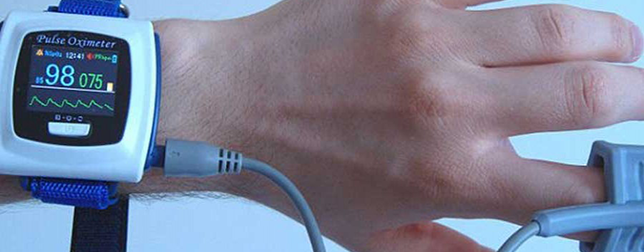Patients with ischemic heart disease who used wearable trackers and received financial incentives for meeting physical activity goals had significantly more steps with sustained effects compared to their counterparts who just had the device, according to a study published in the Journal of the American Heart Association.
Read more iBeat Announces New Funding for Wearable Heart Watch
“There is a lot of interest in using wearable devices to increase activity levels among high-risk cardiovascular patients, but the best way to design these types of programs is unknown,” said first author Dr. Neel Chokshi, cardiologist at the Perelman School of Medicine and medical director of the Sports Cardiology and Fitness Program at Penn Medicine.
Exercise-based cardiac rehab programs are proven methods for reducing mortality in ischemic heart disease patients, which in studies have shown to reduce the rate by 30 percent in these patients. However, very few patients try this regiment. The authors note that there has been a robust discussion about the ability of wearables to remotely monitor health behaviors, but there are little evidence that the devices lead to an improved behavior over a long period of time. Past studies, however, have showed that money does motivate behaviors.
Researchers analyzed data from 105 patients with ischemic heart disease with a mean age of 60 years in the randomized controlled ACTIVE REWARD trial. Among the participants, 70% were men.
The intervention group received a Misfit wearable tracker, personalized step goals, and daily feedback, as well as $14 a week for the first 16-weeks. If a participant didn’t meet their step goal each day $2 was deducted from their allowance. Meanwhile, participants in the control group only received an activity tracking wearable and were assigned a task of reaching 10,000 steps per day.
Read more Wearable Tech is Here to Stay with a Robust Presence in the Future Healthcare Industry
During the first 8 weeks, when the paid group received money for their step count, their daily steps increased by 1,388 steps, compared to 385 step increase in the control group. Step count remained high while the patients continued to get paid with the participants increasing their steps by 1,501 from baseline. Results showed even after the study concluded. Intervention participants continued to have on average 1,066 more steps from baseline. On the other hand, the control group only had a mean of 92 more steps than baseline.
The study, however had its share of limitations. All of the participants were from four hospitals in southern Pennsylvania, the study only assessed physical activity based on steps, and the control group had slightly more missing data points compared to the paid group.
Yet, the authors wrote:
“Our findings demonstrate that digital health interventions that leverage insights from behavioral economics offer a promising approach to change health behaviors among patients with cardiovascular disease.”













